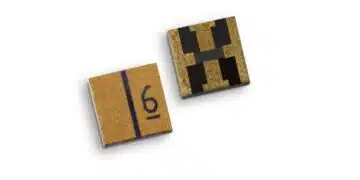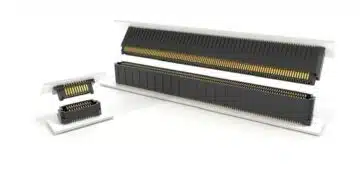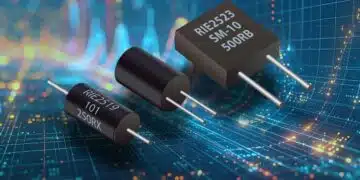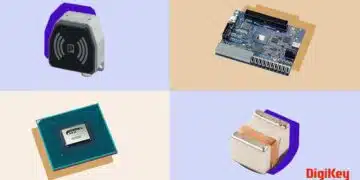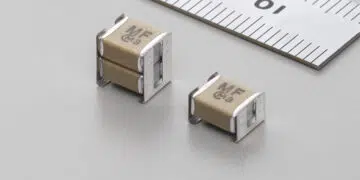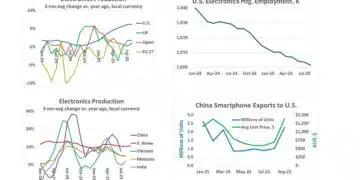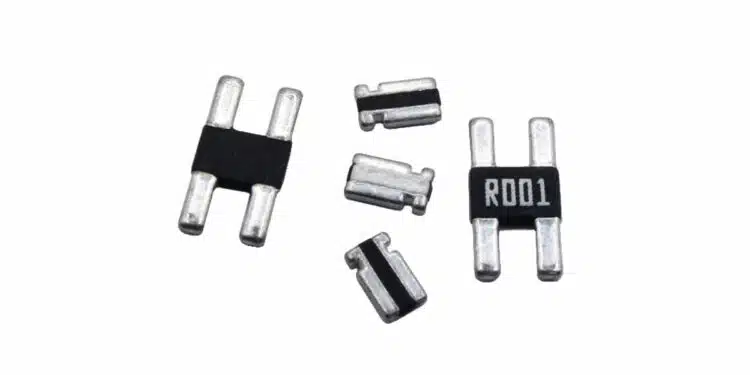TT Electronics, a global provider of engineered electronics for performance critical applications, announced the launch of its new LRMAK 4-terminal shunt resistors.
The low resistance metal alloy Kelvin shunt resistor LRMAK is the latest addition to TT’s growing portfolio of current sense resistors with AEC-Q200 approval.
LRMAK SMT shunt resistors are 4-terminal (Kelvin) current sense resistors with two inverse format sizes, 0612 and 1225. Rated at up to 2W, the product is ideal for measuring the high currents found in motor control, power supply and battery management applications.
Building on TT’s expertise in current sense resistors engineered to meet demanding accuracy targets, the new product offers values down to 500µΩ in the 0612 size and tolerances to 0.5% in the 1225 size.
The low TCR and low inductance of this design allow accurate current sensing without compensation circuitry. The true 4-terminal structure ensures that the mounted value is accurate regardless of process variables such as solder thickness and placement variation. With a short-term overload rating of 5W for 5s and high energy capacity, this robust solution is designed to withstand high inrush or switching surges.
This newest technology, helps TT Electronics’ customers to achieve accurate and surge-proof current measurement in PCB assemblies, supporting the development of products which feature reliable control of energy consumption.
Features:
- 4 separate contacts for true Kelvin connection
- Inverse (long side) terminations
- Compact footprint
- Resistance range 0.5mΩ to 5mΩ
- Tolerance to 0.5%
- Power rating up to 2W
- AEC-Q200 qualified
Further read:
- How to Choose Current Sense Resistor
- Overcoming the Challenges of Using Sub-Milliohm SMD Current Sense Chip Resistors


